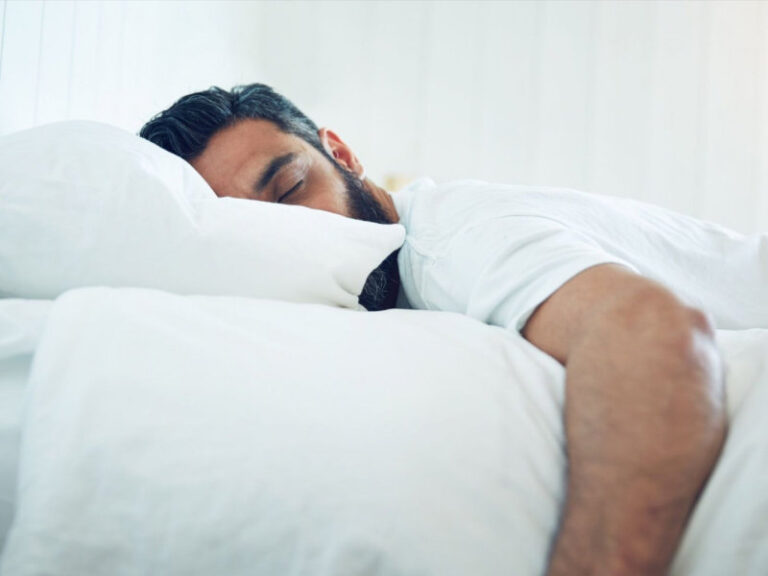Modafinil and Headaches: Why This Common Side Effect Happens (and How to Fix It)
Understanding and Alleviating This Common Side Effect
Modafinil is widely used as a wakefulness-promoting agent, often prescribed for conditions like narcolepsy, shift work sleep disorder, and obstructive sleep apnea. While many users praise its cognitive and energy-boosting effects, a significant number experience a common but frustrating side effect: headaches.
What Is Modafinil and How Does It Work?
Modafinil is a non-traditional stimulant that promotes wakefulness by interacting with several neurochemical systems in the brain. While its precise mechanism isn’t fully understood, research shows that it impacts dopamine, norepinephrine, orexin, and histamine pathways—especially in areas related to arousal and alertness (Kumar, 2008; Schwartz, 2005).
Modafinil works differently than amphetamines. Rather than producing a euphoric “high,” it promotes a state of alert calm, making it a preferred option for people with sleep disorders or high-demand work schedules (FDA, 2007).
Why Does Modafinil Cause Headaches?
Central Nervous System Overstimulation
Modafinil increases extracellular dopamine levels by inhibiting dopamine reuptake (FDA, 2007). This can lead to overstimulation of certain brain pathways, potentially contributing to vascular tension or mild dehydration, which are both common triggers for headaches.
Neurotransmitter Imbalance
The activation of hypothalamic regions—specifically the tuberomammillary nucleus (TMN)—may indirectly alter pain perception or stress responses, increasing the likelihood of headache onset (Schwartz, 2005).
How Common Are Headaches with Modafinil?
In large-scale clinical studies, headaches were the most frequently reported adverse event. A pooled analysis of six double-blind, placebo-controlled trials found that:
“Headaches occurred in 34% of modafinil-treated patients, compared to 23% in the placebo group”
(Roth et al., 2007, p. 596)
While typically mild or moderate, these headaches can be severe enough for some users to stop taking the medication altogether.
Can Headaches Improve Over Time?
Interestingly, headaches may diminish with continued use. In a recent case report, a patient who initially experienced persistent daily headaches reported almost complete resolution after long-term use of armodafinil (a related compound):
“Over 8 years of armodafinil use, headaches decreased from daily to once every 6 months”
(Barone, 2024)
The improvement was potentially due to better regulation of sleep-wake cycles or reduced caffeine consumption—two factors known to influence headache frequency.
Are There Risk Factors for Modafinil Headaches?
Yes—individual response varies widely, but common contributing factors include:
- Dehydration
- High caffeine intake
- Inadequate sleep despite modafinil use
- Initial dose being too high
- Medication interactions (modafinil affects CYP enzymes and can influence other drugs) (FDA, 2007)
What Can You Do to Prevent or Treat These Headaches?
🧂 1. Stay Hydrated
Modafinil has mild diuretic effects. Ensure you’re drinking enough water throughout the day.
☕ 2. Limit Caffeine
Modafinil already boosts alertness. Combining it with multiple cups of coffee may increase overstimulation and trigger headaches (Barone, 2024).
💊 3. Lower Your Dose
Starting with a lower dose (e.g., 100 mg) and slowly increasing can help reduce the risk of side effects (Kumar, 2008).
👨⚕️ 4. Talk to a Doctor About Alternatives
For persistent headaches, switching to armodafinil, using an adjunctive medication, or considering a different regimen may help.
Final Thoughts: Is It Worth It?
Modafinil remains one of the most effective medications for excessive daytime sleepiness—but it’s not without side effects. Headaches are common but usually manageable with lifestyle adjustments, dosing tweaks, or switching formulations.
By understanding why these headaches happen and how to address them, you can make smarter, safer decisions about your modafinil use.
🔍 References
- Barone, D. A. (2024). Headache improves with armodafinil. Journal of Clinical Sleep Medicine, 20(3), 469–470. https://doi.org/10.5664/jcsm.10906
- Kumar, R. (2008). Approved and investigational uses of modafinil: An evidence-based review. Drugs, 68(13), 1803–1839. https://doi.org/10.2165/00003495-200868130-00003
- Roth, T., Schwartz, J. R., Hirshkowitz, M., Erman, M. K., Dayno, J. M., & Arora, S. (2007). Evaluation of the safety of modafinil for treatment of excessive sleepiness. Journal of Clinical Sleep Medicine, 3(6), 595–602. https://pubmed.ncbi.nlm.nih.gov/17993041/
- Schwartz, J. R. (2005). Modafinil: New indications for wake promotion. Expert Opinion on Pharmacotherapy, 6(1), 115–129. https://doi.org/10.1517/14656566.6.1.115
- U.S. Food and Drug Administration. (2007). PROVIGIL® (modafinil) tablets [Prescribing information]. U.S. Department of Health and Human Services. https://www.accessdata.fda.gov/drugsatfda_docs/label/2007/020717s020s013s018lbl.pdf








